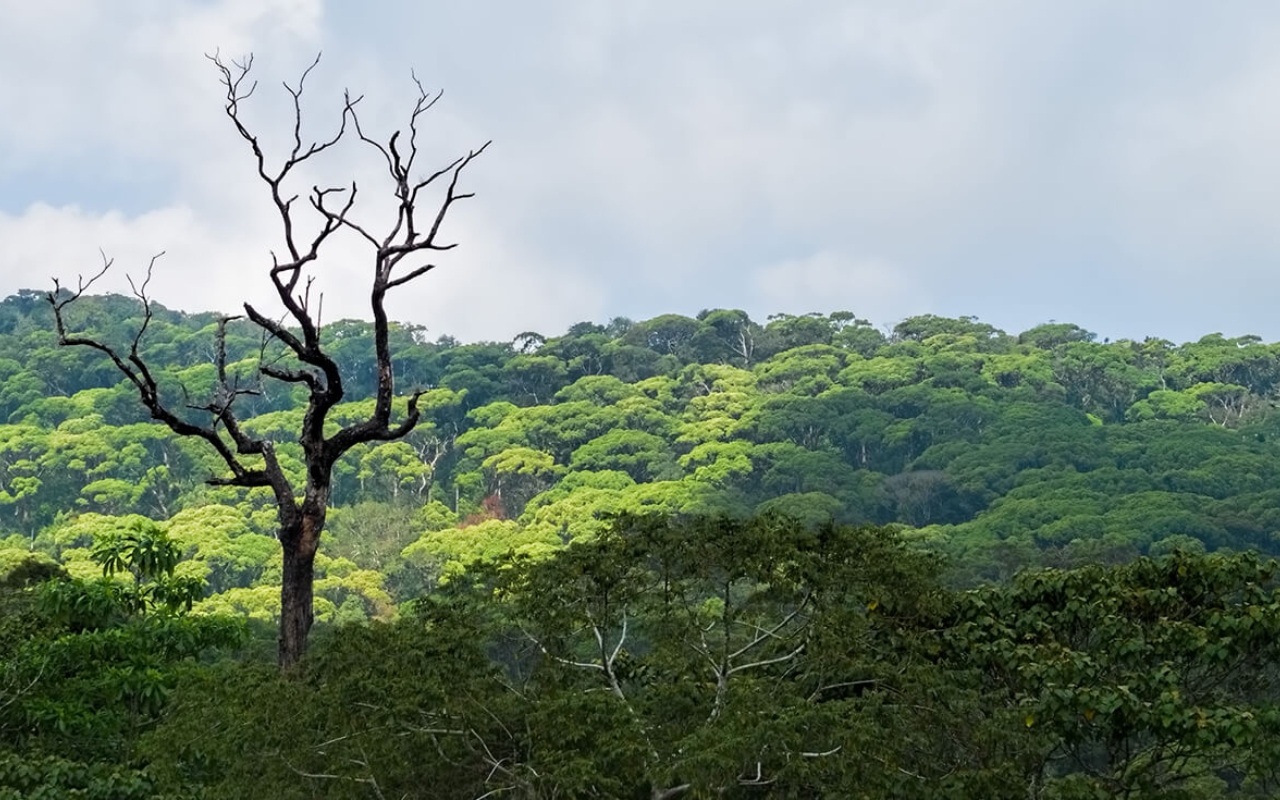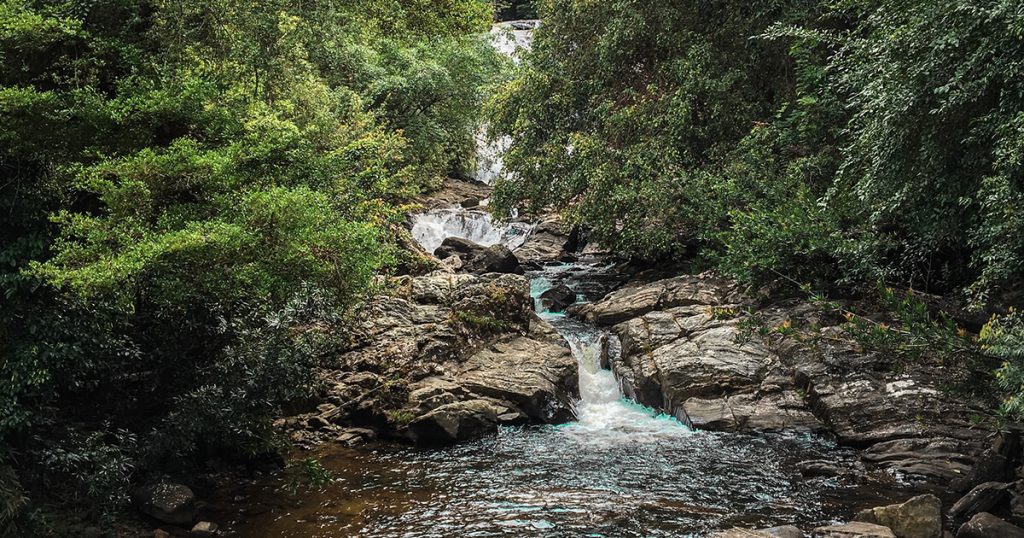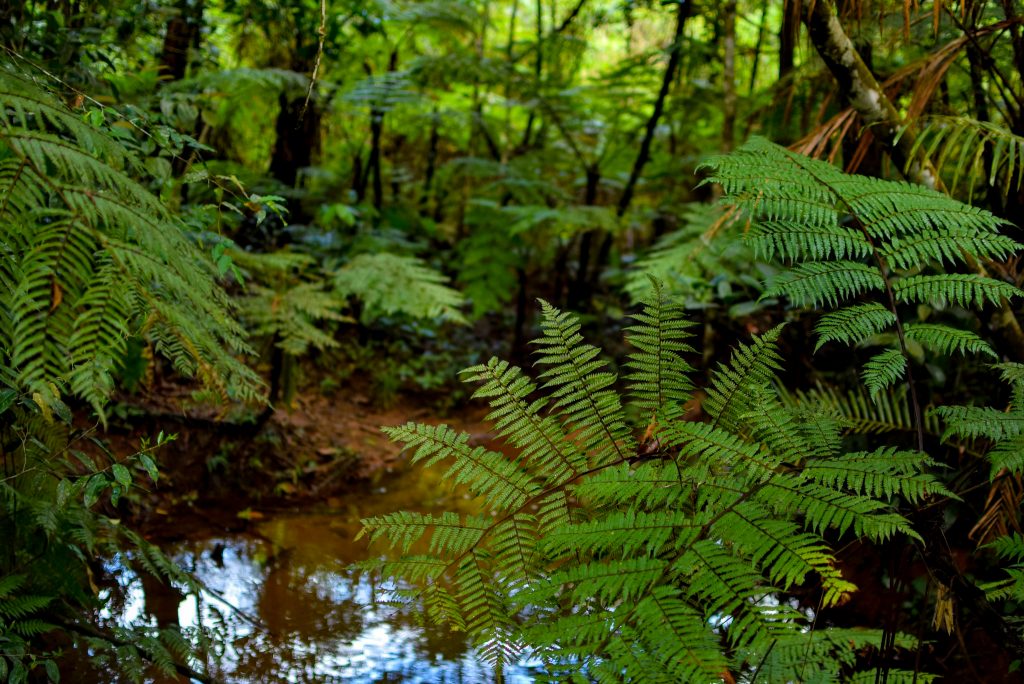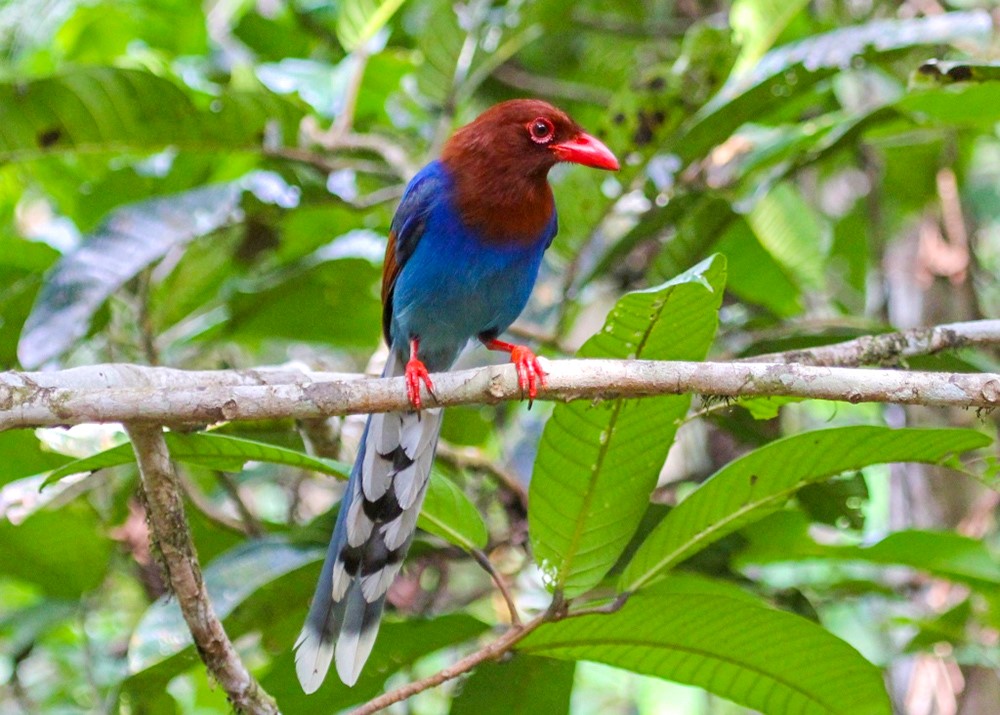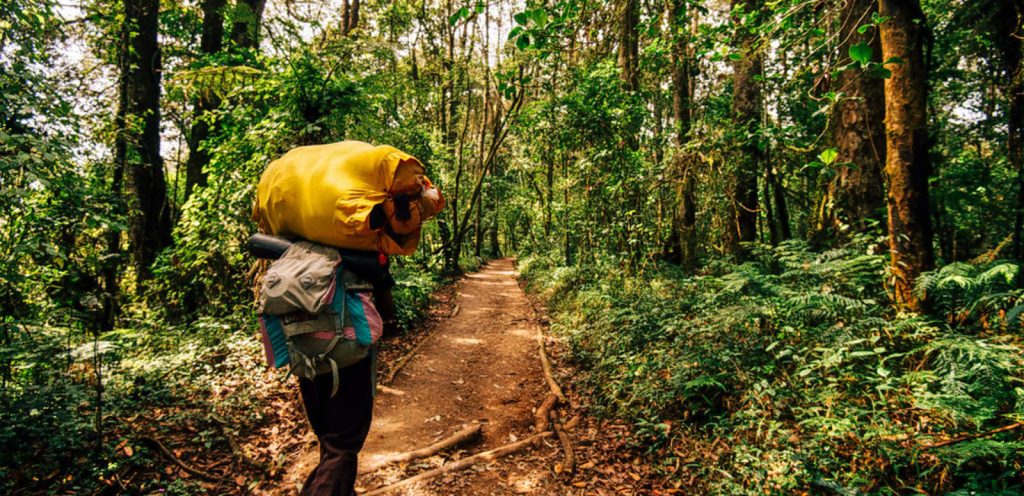Rainforests cover only six per cent of Earth’s surface but are home to more than half of the world’s plant and animal species. They are the planet’s oldest living ecosystems, some surviving in their current form for at least 70 million years. The Earth has lost more than half of its rainforests due to logging, arable land, transit roads, hydroelectricity projects and other deforestation.
Sinharaja (Lion King) is the biggest jewel in the country’s treasure trove of natural wonders. Designated a Biosphere Reserve and World Heritage Site by UNESCO, it is the island’s last viable area of primary tropical rainforest. It has a remarkably high level of endemism. So, let’s venture deep into this rich, verdant forest cover to uncover its true value.
Location
Situated in the southwest lowland wet zone of Sri Lanka, the Sinharaja Rainforest spans the districts of Galle, Matara and Ratnapura, extending across the boundary between the Sabaragamuwa and Southern Provinces. Its intricate matrix of waterways flows into the Gin River at the southern boundary and the Kalu River at its northern boundary, covering both basins.
The 11,187ha of forest cover, with an elevation ranging from 300 to 1,170 meters above sea level, creates a diverse range of microclimates, fostering the growth of an incredible array of plant and animal life.
Geography
It is one of the densest rainforests in Asia. The undulating terrain, skirted by rivers and punctuated by clear streams & cascading waterfalls, enhances the overall allure of this ecological haven. The forest cloaks the hills and valleys of Rakwana, and 13 adjacent natural forests encircle its perimetres. Sinharaja basic zone is a geological feature of considerable interest, situated within the transition zone of two saliant rock types. Sinharaja receives an annual rainfall that exceeds 2000mm.
Plant species
Flora of Sinharaja is a remnant of Gondwanaland (a large continent that existed 200 million years ago), which offers a scientific understanding of continental drift and the processes of biological evolution.
Sinharaja is home to at least 139 endemic plant species. 16 of these are considered rare, including endemic palms Loxococcus rupicola and Atalantia rotundifolia. The lush canopy of towering trees includes valuable timber species like satinwood and ebony. The dominant trees are lofty and have straight boles. The average height of the trees varies between 35m and 40m, while some reach heights of 50m.
Visitors can marvel at the vibrant hues of orchids, ferns, and mosses that thrive in the understory, creating a surreal and magical atmosphere.
Animal species
95% of bird species found in the forest are endemic to Sri Lanka. More than 50% of mammal and butterfly species here are also endemic. Sinharaja’s animal species include the threatened, endangered and rare.
Leopards, Asian elephants, purple-faced Langur, Sri Lanka wood pigeon, green-billed Coucal, Sri Lanka white-headed starling, Sri Lanka blue magpie, ashy-headed babbler and Sri Lanka broad-billed roller are some of the notable species that call this place home.
However, due to dense vegetation, you cannot easily spot mammals as you do in the dry-zone national parks. Purple-faced langur is the most frequently seen larger mammal. You can also spot endemic reptiles like the green pit viper and hump-nosed viper. One of the unique avian phenomena in Sinharaja is birds moving in mixed feeding flocks.
Trekking in Sinharaja
The reserve is only accessible by foot. Park rangers and freelance guides will lead you along those slippery trails. Guides are mandatory as no one wants you to get lost in this thick tropical rainforest. You require a permit to enter, which you can buy at one of the official entrances.
The designated entry points include Kurulugala, Wathugala, Pitadeniya, Lankagama, Kudawa, Samangala, Waddagala, and Morningside. Visitations open at 6.30 and close around 4.30 in the evening. Although Sinharaja is a year-round destination, you may want to avoid the southwest monsoon. December and early April or between August and September have less rain.
How to prepare for the trekking
There’s always a chance of rain, so wear waterproof clothing and footwear whenever possible. Carry a raincoat for added protection. Leech repellent is a must. Replenish yourself with bottled water and snacks, but be cautious not to leave any rubbish behind. Bring along binoculars and a camera; you will be using them earnestly. The average temperature can range between 20°C to 25°C.
Rainforest Tours with Blue Lanka
As we explore and marvel at this unique ecosystem, we must remember the role it plays in sustaining our environment. Sinharaja, with its awe-inspiring biodiversity and ecological significance, needs global conservation efforts to preserve it. Taking you into the heart of tropical wilderness, Blue Lanka Tours offers you a responsibly-designed rainforest adventure. Personalised to you, and with the expertise and guidance that keep you safe, comfortable and well-informed, venture deep into pristine wildernesses in Sri Lanka. Immerse yourself in the emerald majesty of Sinharaja and discover other undisturbed wilderness sanctuaries and cloud forests on the island. Are you ready for the ultimate tropical forest trek?

